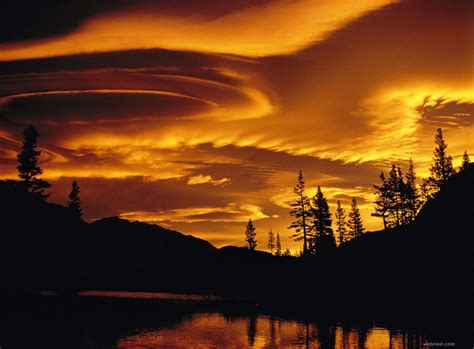Top 42 Quotes & Sayings by Galen Rowell
Explore popular quotes and sayings by an American photographer Galen Rowell.
Last updated on November 8, 2024.
One of the biggest mistakes a photographer can make is to look at the real world and cling to the vain hope that next time his film will somehow bear a closer resemblance to it...If we limit our vision to the real world, we will forever be fighting on the minus side of things, working only too make our photographs equal to what we see out there, but no better.
At the heart of all photography is an urge to express our deepest personal feelings - to reveal our inner, hidden selves, to unlock the artist. Those of us who become photographers are never satisfied with just looking at someone else's expression of something that is dear to us. We must produce our own images, instead of buying postcards and photo books. We seek to make our own statements of individuality.




















